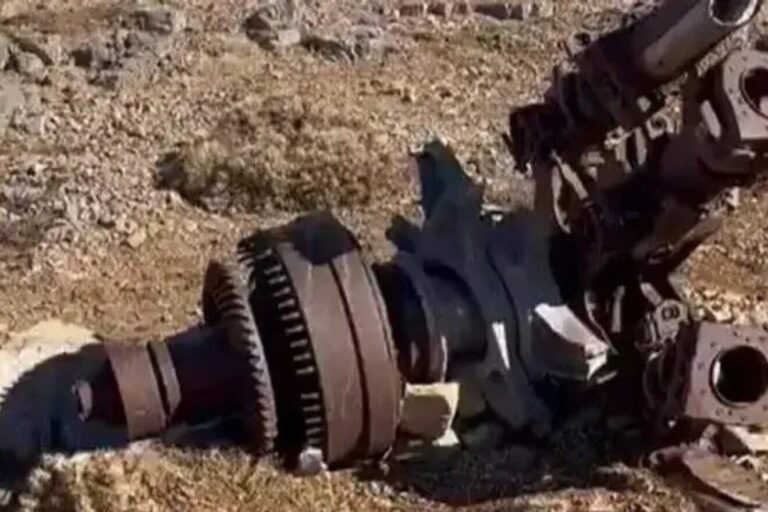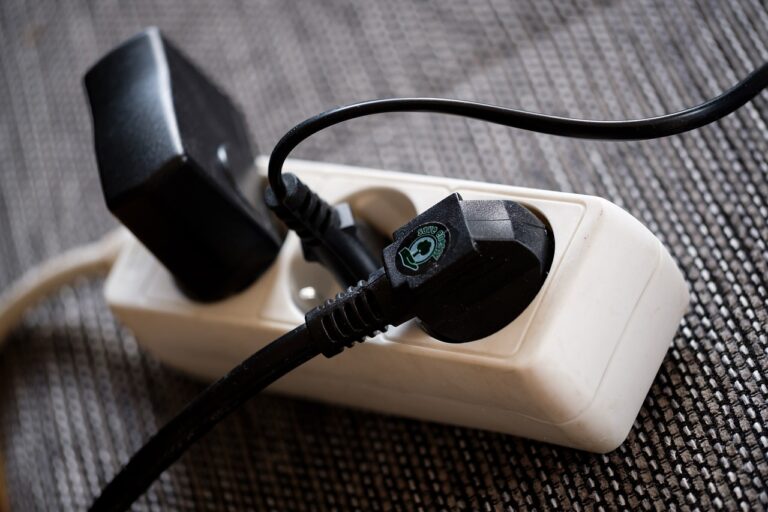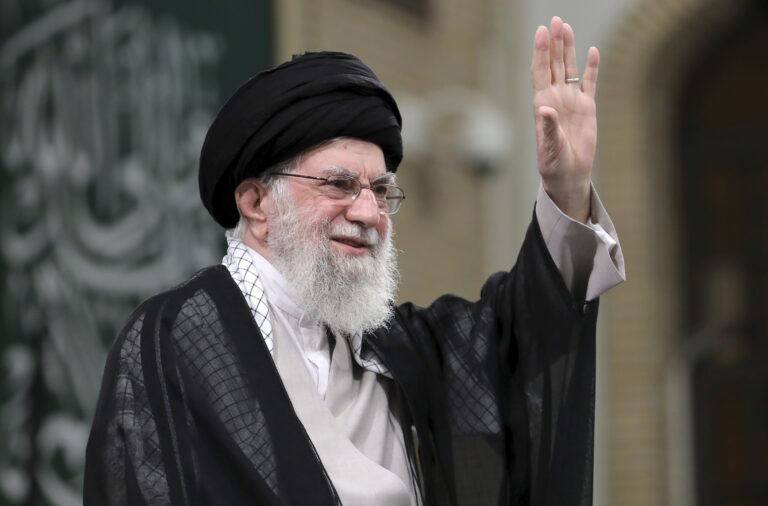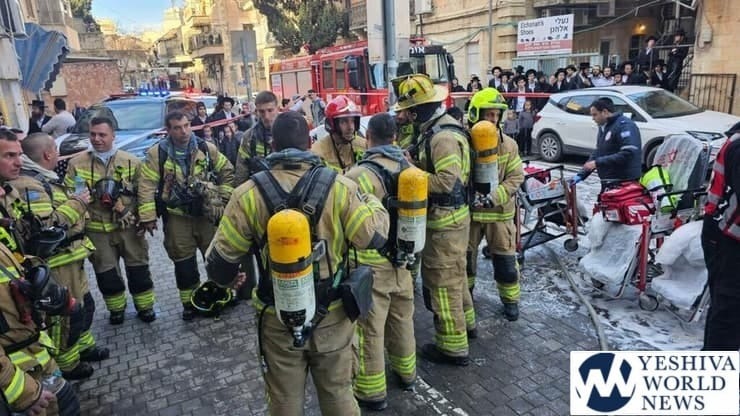In preparation for Sukkos, the Dayan R’ Moshe Bransdorfer shlit”a, spent several hours at the Center for Kehillah Development, teaching the CKD avreichim the practical dos-and- don’ts for buying mehudar arba minim. R’ Bransdorfer is Av Beis Din of Heichal Hora’ah in Yerushalayim and was meshamesh his father, HaRav Meir Bransdorfer ztz”l, Rav of Kehillas Toldos Avrohom Yitzchok and a Dayan on the Eidah HaChareidis. With his unique mastery, Rav Bransdorfer navigated through the halachic complexities, clarified the sugya of hiddur, presented common consumer errors, and revealed unsavory practices of some retailers to deceive buyers and justify inflated prices.

Rav Bransdorfer began his presentation, explaining: “Most retailers have already selected for presentation only arba minim that meet the minimal standards of kashrus. Therefore, rather than kosher or posul, we should focus on what is considered hiddur. When people approach the purchase of their arba minim, regardless of whether they have learned the Gemaras, Rishonim and Achronim, they are nervous and lack confidence in their choices. I claim that anyone can master the principles of hiddur within a few minutes and pick arba minim with genuine expertise and confidence.”
Rav Bransdorfer then listed these basic three guidelines:
- “Hadar” means the fruit is pretty. That means it has a pitom, its top cone symmetrically ascends to the pitom, and it has an attractive pattern of indentations and bumps. If an imaginary straight line flows from the esrog’s base straight up through the pitom (meaning it is perfectly aligned vertically), then the esrog is exceptionally beautiful.
- 2. Dark dots on the esrog that are invisible to the naked eye when viewed from arm’s length do not detract from the esrog’s beauty at all. You should not examine the esrog up close to find dark dots, and you certainly should never use any sort of magnifying glass.
- A yellow esrog is more beautiful because its color testifies to its ripeness. Nonetheless, if one must choose between a more yellow hew or a more attractive pattern of indentations and bumps, the more attractive pattern takes priority.
The video of Rav Bransdorfer’s full presentation to the CKD can be viewed here:
*for more info about the Center for Kehillah Development check out the website:












